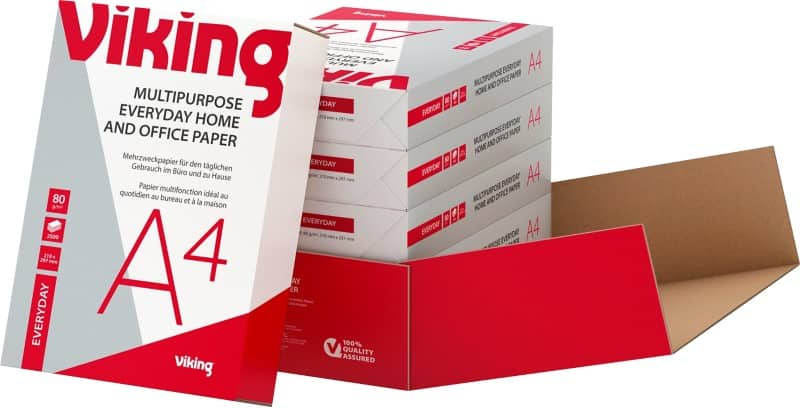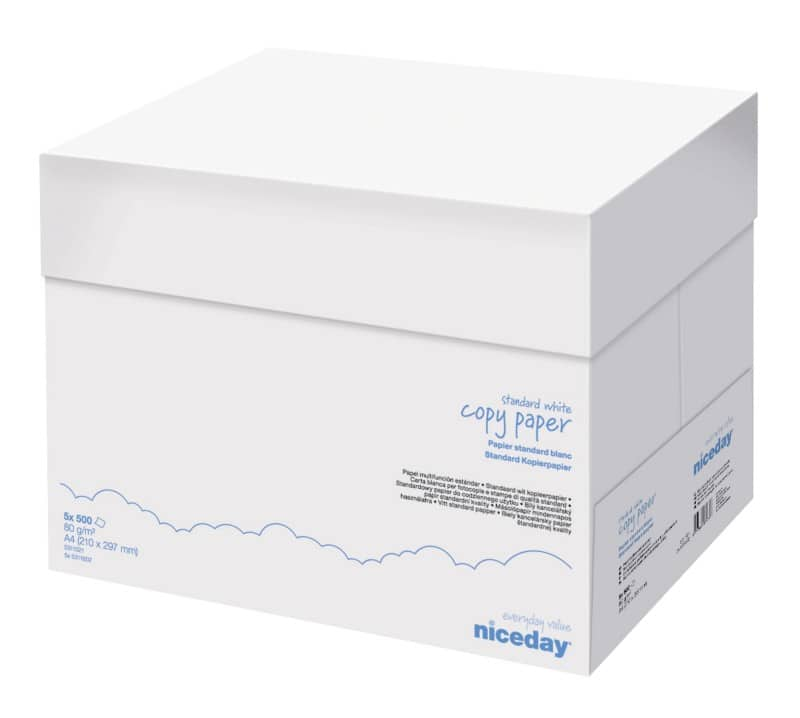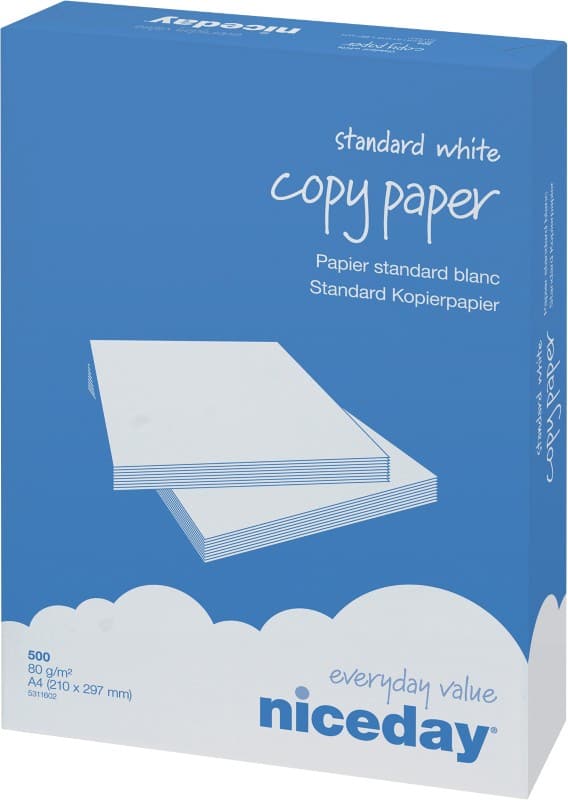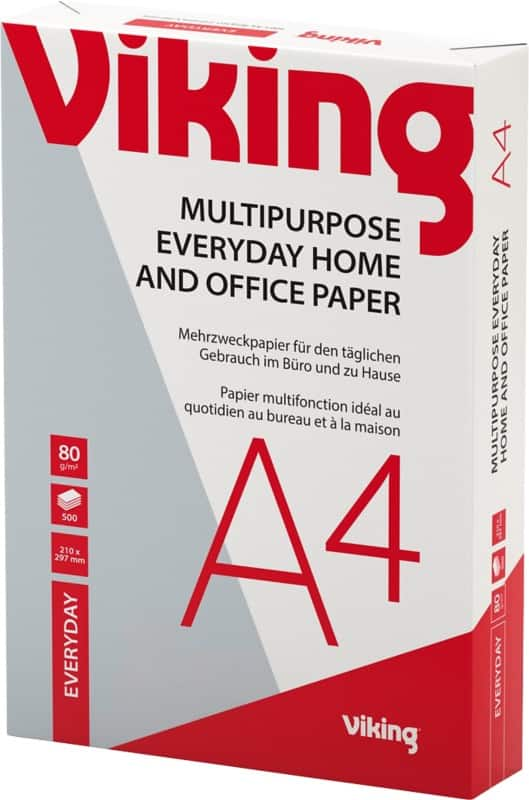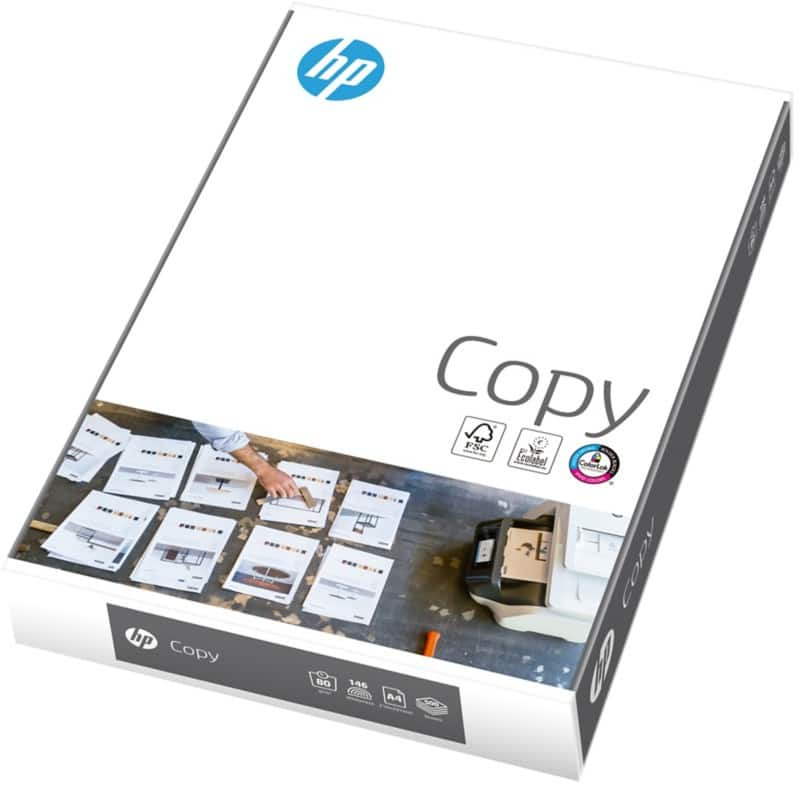
Decoding GSM: Essential Guide to Navigating Paper Weight
Let’s talk about GSM in paper. It stands for grams per square metre. This is the key thing about paper weight. It matters when we think about quality and thickness. Really, GSM is the heart of paper making!
What does GSM mean related to paper quality and thickness?
GSM, or grams per square metre, relates to the weight and thickness of paper. Higher GSM equals heavier, thicker paper, often perceived as higher quality. Understanding GSM helps choose the best paper for specific printing needs.
Tips for Understanding What GSM in Paper Means to You
- GSM stands for grams per square metre, the key factor determining the weight of your paper.
- GSM plays a pivotal part in the paper’s thickness and perceived quality.
- Pick the right GSM for your needs. Lighter, lower-GSM for drafts and heavier, higher-GSM for business cards.
- Bear in mind the standard paper sizes. For example, a sheet of A4 paper traditionally weighs around 80 GSM.
- Different types of paper have different GSM values. A newspaper runs around 30-55 GSM while business cards can weigh up to 400 GSM.
- The GSM value also impacts the durability of the final product. Higher GSM means more robust paper, ideal for long-lasting applications like business cards.
- Lastly, choose your paper wisely. Picking the correct GSM for your paper needs is similar to choosing the perfect outfit for an occasion!
—
Deciphering GSM: Definition and Importance in Paper Weight and Quality
GSM stands for ‘grams per square metre’. When we talk about GSM in paper, we’re referring to the weight. But there’s more to it. GSM truly sets the stage for paper’s performance. Just like an opera singer has a higher or lower voice, paper has a higher or lower GSM.
If paper could sing, a high GSM number would mean a deep baritone. In paper language, it translates to a thicker, heavier sheet. A low GSM? Think of a soprano. The lighter, the thinner, the higher the notes!
Now you might wonder, what’s the big deal? Well, the GSM plays a key role in choosing the right paper for your printing needs, whether it’s for a vibrant flyer or a professional brochure, it all comes down to the GSM.
Yes, GSM is that versatile! Everything from your business card to the flyer at your local diner, GSM is behind them, silently playing its part just like a well-rehearsed orchestra.
Understanding the GSM Paper Guide: Significance in Determining Paper Size and Thickness
GSM gives you a guide to the weight of paper. But let’s think about paper size. The secret lies in standard paper sizes we use, like A4. Yes, a sheet of A4 paper and GSM are on a first-name basis.
Thicker paper means more grams per square meter! The thickness can be your best friend when it comes to certain projects, like printing impressive business cards. A hefty 400 GSM would give that firm handshake feeling every time someone handles your business card.
But what about a lighter touch? For example, a delicate tissue paper. That’s where a lower GSM comes into play. A lightweight 17 GSM tissue paper sways like a graceful ballet dancer, treading ever so lightly.
What Does GSM Paper Mean? Explaining the Terminology
GSM stands for grams per square metre – but it’s so much more than that when it comes to paper. It refers to the weight of a single sheet – the higher the GSM, the heavier the paper. So yes, GSM is pretty much the general of the paper army.
When it comes to choosing the right GSM for your printing needs, it’s like picking the right outfit for an event. You wouldn’t wear a thick, heavy woolen jumper to a beach party, right? In the same vein, you wouldn’t print a delicate brochure on a heavy, 300 GSM paper.
Choosing the right paper weight for your printer lets you strut down the paper runway with all the confidence of a supermodel. Picking your paper’s GSM is crucial to stepping out in style.
A Comprehensive Guide to Paper: Reviewing Different GSM Paper Weights
Believe it or not, paper comes in many different weights. From the featherweight 17 GSM tissue paper, fitting for a summer dress, up to the heavyweight 400 GSM card stock, robust as a winter coat. Each serves a distinct purpose in the world of printing.
Take printer paper, for instance; most of it has a GSM between 60 and 120. And standard A4, the kind you pop into your office printer without a second thought? That’s typically 80 GSM. It’s the cozy sweater of papers — just right.
Different GSM Paper Types: Analyzing from Tissue Paper to Card Stock
We use different types of paper every day, each with a unique GSM value. For example, newspaper runs at a lightweight 30 to 55 GSM, perfect for catching up on daily events without straining the arms. It’s the windbreaker jacket of the paper world, light yet informative.
Card stock, on the other hand, is the heavyweight champion, with GSM values all the way up to 400. Perfect for business cards or invitations, where a notable ‘heft’ can convey quality and professionalism. If GSM were a suit, card stock would be the tuxedo.
| Paper Type | Example Usage | GSM Range |
|---|---|---|
| Tissue paper | Gift wrapping, crafts | 10-35 |
| Newspaper | Daily news, events | 30-55 |
| Office paper | Print, draft, memo | 70-100 |
| Card stock | Business cards, invitations | 170-400 |
Choosing the Right Paper: Lowest to Highest GSM Paper Types
Being a professional, a key part of your role is to ensure your printed paper products make a smashing first impression. It’s all about matching the right GSM to your printer paper needs. For a swanky business card, you might want to dive into the heavyweight world of higher GSM values. But for an office memo or draft, a lighter, lower GSM paper is your workhorse.
Thicker isn’t always better. It’s like pulling on a bulky winter jacket on a scorching summer day. To avoid similar paper faux pas, understanding GSM will guide you to choose the right weight for your unique paper needs. After all, the last thing you want is a flimsy business card or a newspaper that feels like a card stock.
Conclusion
We explored the world of GSM in paper, understanding that it’s not just about weight but also about thickness and quality. Through different types of paper, we dove into the various applications of GSM.
By choosing the right GSM for your paper needs, you ensure your printed media always makes the right impression. From delicate tissue paper to sturdy business cards, GSM is the guidepost to picking the picture-perfect paper.
Frequently Asked Questions
What does GSM stand for in the context of paper?
GSM stands for grams per square metre. In the context of paper, it’s a measure of paper weight. It also affects thickness and quality. Whether it’s a business card or a flyer, the GSM plays a crucial role.
How does GSM affect the quality of paper?
The GSM of paper directly influences its quality. Higher GSM represents a heavier, thicker, and typically higher quality sheet. It’s ideal for elements like business cards. Meanwhile, a lower GSM indicates a lightweight, thinner type, suitable for standard office paper or newspapers.
What is considered a good GSM for printing paper?
The “good” GSM for printing paper depends on the nature of your print job. For example, standard office paper generally uses 80 GSM. Brochures and flyers might use anything between 130 to 300 GSM. The heavier the paper, the more premium it feels.
What does a higher GSM mean for paper thickness?
A higher GSM indicates greater paper thickness. The GSM value corresponds to the weight of paper, measured in grams per square meter. So, a higher GSM means a heavier, thicker, and typically sturdier paper while a lower GSM points to a lighter, thinner sheet.
How does GSM relate to different types of paper?
GSM is integral to understanding different types of paper. For instance, lightweight tissue paper may have a GSM as low as 17, while a heavy-duty card stock might boast a hefty 400 GSM. In other words, the type of paper can be determined by assessing its GSM.





